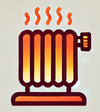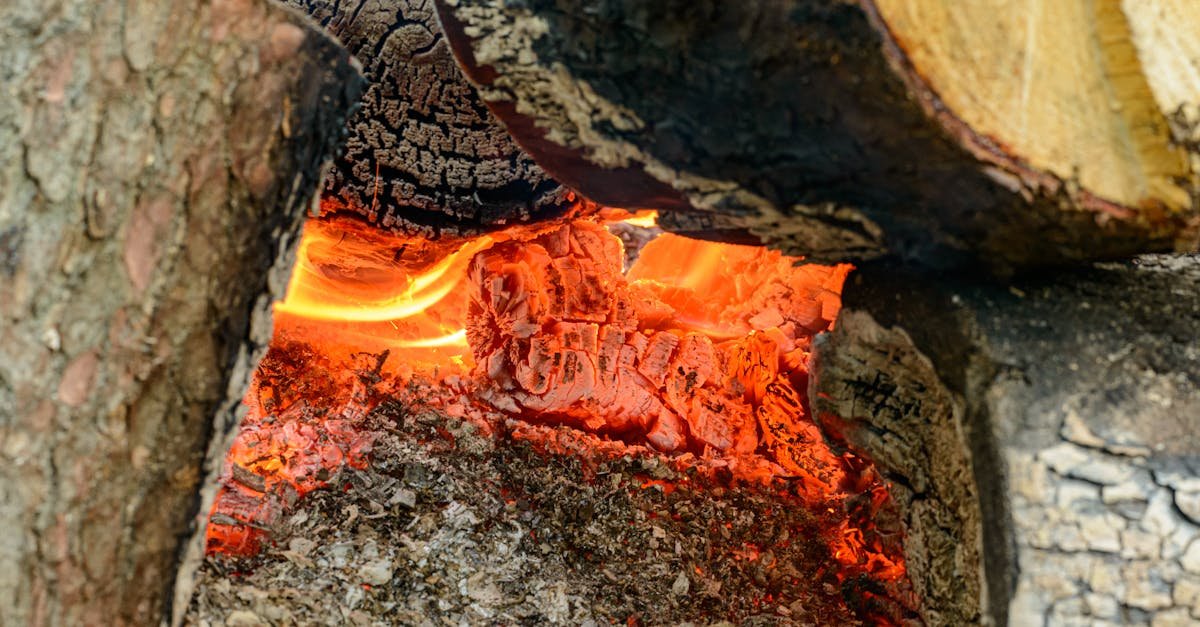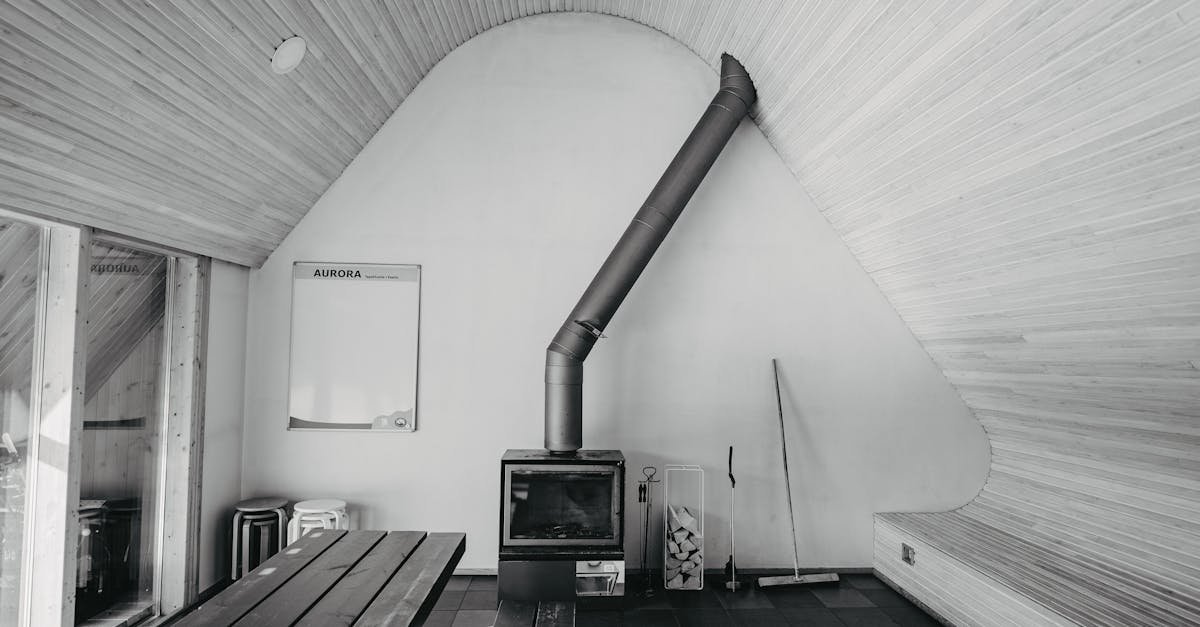Heater carbon monoxide detectors are essential for keeping your home safe from this invisible and deadly gas. They work by constantly monitoring the air for carbon monoxide levels and alerting you if they rise to dangerous levels. Installing one can provide peace of mind, especially during the colder months when heaters are in heavy use.
With the right detector, you can protect yourself and your loved ones from the harmful effects of carbon monoxide exposure. It’s not just a smart choice; it’s a necessary step in ensuring your home remains a safe haven.
Overview Of Heater Carbon Monoxide Detectors
Heater carbon monoxide detectors play a vital role in home safety. These devices monitor air quality for carbon monoxide (CO) levels. CO is a colorless, odorless gas, making it hard to detect without a tool. A detector sounds an alarm when CO levels reach hazardous levels, alerting you to potential danger.
Homes often include sources of carbon monoxide. Common sources are gas furnaces, water heaters, and stoves. You find CO emissions also from fireplaces, wood stoves, and portable grills. Fuel-burning appliances, like generators, can produce CO too. Malfunctioning appliances or vehicles in attached garages pose additional risks.
Installing detectors becomes crucial, especially during colder months when heating systems operate frequently. Ensure you position these devices near sleeping areas for maximum effectiveness. Regularly test the detectors to guarantee they function correctly. Replace batteries as needed, usually every six months, to keep them operational.
By using heater carbon monoxide detectors, you protect your home and loved ones from CO poison risks. These devices provide peace of mind, ensuring safe air quality indoors.
Importance Of Carbon Monoxide Detectors
Carbon monoxide detectors play a vital role in ensuring safety around heater appliances and other fuel-burning devices. You rely on these devices to monitor air quality, alerting you to hazardous carbon monoxide levels before they become dangerous.
Health Risks Of Carbon Monoxide Exposure
Exposure to carbon monoxide can lead to severe health issues. Symptoms may include headaches, dizziness, confusion, and nausea. In high concentrations, carbon monoxide can be fatal. You can easily avoid these risks with a working detector. Early detection allows for immediate action, reducing potential harm.
Benefits Of Using Detectors
Using carbon monoxide detectors provides numerous advantages. Detectors detect invisible gas, offering peace of mind. You place them in key areas, enhancing safety in your home. Regular testing and maintenance ensure they function correctly. Peace of mind comes from knowing your family is protected. These devices can save lives during emergencies.
Types Of Heater Carbon Monoxide Detectors
Heater carbon monoxide detectors come in two main types: hardwired and battery-operated. Each type has unique features that cater to different needs.
Hardwired Detectors
Hardwired carbon monoxide detectors connect directly to your home’s electrical system. They eliminate the need for battery replacements. With this setup, you avoid the risk of failures due to dead batteries. Hardwired detectors often include a battery backup. This backup ensures the detector stays functional during power outages. It’s essential for continuous protection against carbon monoxide poisoning. Professional installation is common, ensuring the detector integrates correctly into your system.
Battery-Operated Detectors
Battery-operated carbon monoxide detectors offer flexibility. You can place them anywhere in your home without needing electrical outlets. They are easy to install and work well in areas where hardwired options aren’t feasible. Regular battery replacement is important for maintaining functionality. These detectors often feature alarms that sound when carbon monoxide levels rise to dangerous levels. Depending on the model, battery life can range from several months to a year. You must check and replace batteries according to the manufacturer’s recommendations for optimal safety.
Key Features To Consider
When choosing heater carbon monoxide detectors, focus on key features that enhance safety and effectiveness. These features include sensitivity, response time, and display systems.
Sensitivity and Response Time
Sensitivity defines how well a detector can sense carbon monoxide in the air. Detectors measure CO in parts per million (ppm). Most alarms sound at 70 ppm after several hours. At 400 ppm, alarms activate within minutes. Quick detection can save lives. Choose detectors with reliable sensors, like electrochemical or metal oxide sensors. These sensors balance the need for accuracy without causing false alarms.
Display and Alarm Systems
Display systems indicate real-time CO levels. Some detectors offer digital readouts for easy monitoring. This feature allows you to see CO levels at a glance. Alarms are crucial for alerting you to danger. Ensure the alarm is loud enough to be heard throughout your home. Look for models with a test button for easy functionality checks. Some detectors also feature visual alerts, which can be useful in noisy environments.
Focusing on these features helps ensure your home stays safe from the dangers of carbon monoxide.
Best Products On The Market
When selecting heater carbon monoxide detectors, it’s vital to choose reliable products that ensure your safety. Consider these top-rated options:
- Nest Protect: This smart detector connects to Wi-Fi. It sends alerts to your phone and features a clear voice alert. The battery lasts for several years, enhancing convenience.
- Kidde Nighthawk: This detector combines both CO and smoke detection. It features a digital display showing CO levels in real time. It also has a loud alarm for instant notification.
- First Alert CO400: This battery-operated unit is easy to install. It alerts you with a loud alarm when CO levels rise. The compact design makes it suitable for any room.
- Schlage Carbon Monoxide Detector: This hardwired option is ideal for long-term use. It connects to your home’s electrical system, providing uninterrupted monitoring. It includes battery backup for power outages.
- X-Sense SD01: This affordable, feature-rich detector offers digital readouts and a loud alarm. Its long battery life makes it a reliable choice for homeowners.
Select a carbon monoxide detector that fits your needs, whether it’s smart technology, dual detection, or battery convenience. Always place these devices according to the best practices mentioned earlier for maximum protection. Consider testing your detectors monthly to ensure they function properly, keeping your home and loved ones safe from CO exposure.
Conclusion
Investing in heater carbon monoxide detectors is a crucial step toward safeguarding your home and loved ones. These devices not only alert you to dangerous CO levels but also offer peace of mind, especially during colder months when heating systems are in constant use. By choosing the right detector and maintaining it properly, you can ensure it functions effectively when you need it most. Regular testing and timely battery replacements are vital for optimal performance. Remember, the right detector can make all the difference in preventing the severe health risks associated with carbon monoxide exposure. Protect your home today and breathe easier knowing you’ve taken the necessary precautions.








